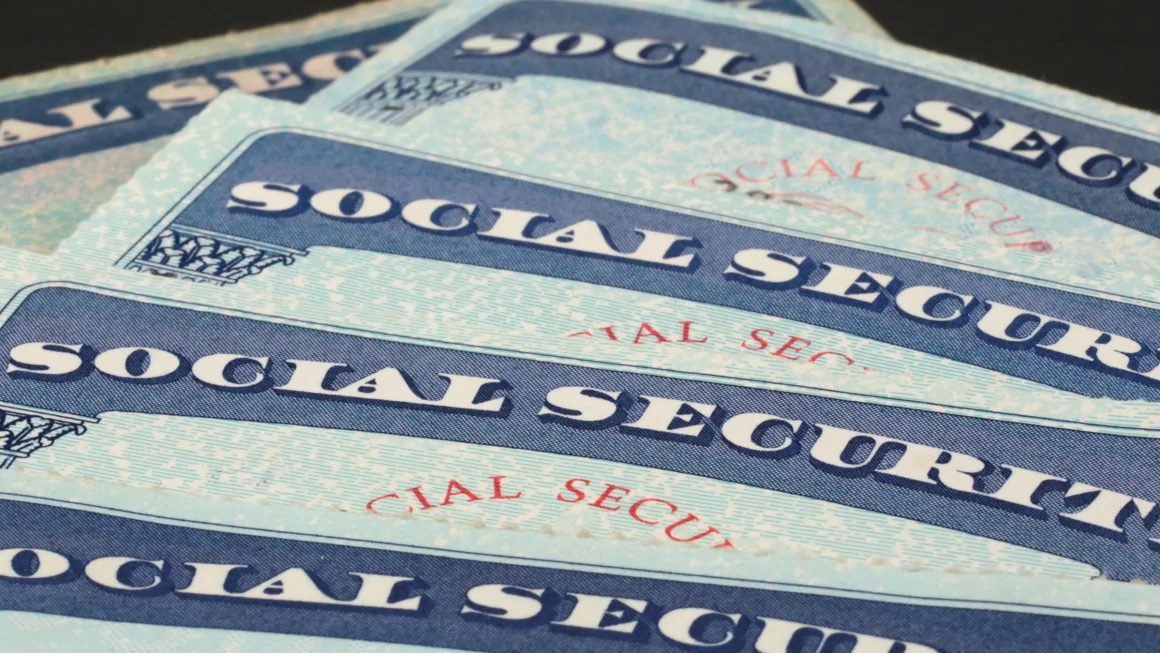A few weeks after promising to eliminate taxes on tips, former President Donald Trump has unveiled a second proposal for targeted tax relief. The beneficiaries this time would be senior citizens, an influential voting bloc.
“SENIORS SHOULD NOT PAY TAX ON SOCIAL SECURITY!” Trump posted Wednesday on Truth Social.
While lifting the levy would benefit many older Americans for a little while, the proposal would harm the popular entitlement program, as well as Medicare and the federal budget, if Trump and Congress don’t come up with a way to replace the lost revenue, said Marc Goldwein, senior policy director for the Committee for a Responsible Federal Budget. What’s more, many seniors could ultimately be hurt if Social Security and Medicare’s trust funds run dry sooner and benefits have to be cut.”
“Certainly, seniors would enjoy it for several years,” Goldwein said, noting Trump’s proposal would benefit higher-earning older Americans more. “But it hastens the insolvency of Social Security and Medicare, and it increases the size of the across-the-board cut.
Social Security benefits began being taxed in 1984 as part of the last major federal overhaul to shore up the program’s finances. Any changes to tax law would need to go through Congress.
How Social Security benefits are taxed
Currently, seniors don’t owe taxes on their benefits if they earn less than $25,000 per individual, or $32,000 for married couples, of so-called combined income, which takes into account their adjusted gross income, half their Social Security benefits and nontaxable interest.
Above that threshold, they may have to pay income tax on up to 50% of their benefits, with the revenue going to the Social Security retirement trust fund. Those with combined incomes of at least $34,000 per individual, or $44,000 per couple, could pay income tax on up to an additional 35% of their benefits, with those funds going to Medicare’s hospital insurance trust fund, known as Medicare Part A.
The tax on Social Security benefits is not a huge revenue generator for the Social Security trust fund, though its contribution has been growing since monthly benefits generally increase each year – particularly in recent years when inflation has been high. But the threshold is not indexed for inflation. This year, the levy is expected to raise about $94 billion, according to the committee.
Eliminating the tax would increase federal deficits by between $1.6 trillion and $1.8 trillion through 2035, a committee analysis found. The Social Security retirement trust fund would be depleted more than a year earlier, and Medicare’s hospital insurance trust fund, which covers in-patient hospital care, hospice care, short-term skilled nursing facility services and home health services following hospitalizations, would run dry six years earlier.
Currently, Social Security’s retirement trust fund is expected to be exhausted in 2033, after which it would only be able to pay 79% of benefits owed, according to the program’s most recent trustees report. Medicare would only be able to pay 89% of total scheduled Part A benefits starting in 2036, according to the most recent report from its trustees.
Once Social Security’s trust fund runs dry, seniors whose benefits cuts are larger than their tax savings would lose out, Goldwein said. Lowest-income senior citizens would be hurt the most.
To be sure, the tax on Social Security benefits is a burden for many seniors. Max Richtman, CEO of the National Committee to Preserve Social Security and Medicare, said he frequently hears people complain about the levy at town halls.
But he doesn’t agree with eliminating the tax because it will hurt the program’s finances.
“It’s a ploy,” Richtman said, noting that he’d prefer the income threshold be raised and adjusted for inflation, which is part of the Social Security 2100 Act sponsored by Rep. John Larson, a Democrat from Connecticut. The legislation has not progressed in the House.
Ending taxes on tips
In June, Trump proposed eliminating taxes on tips at a campaign rally in Nevada, a critical swing state with many service industry workers. He has repeated the pledge in rallies since then.
The measure would help only a small share of workers. About 4 million people worked in tipped occupations in 2023, or about 2.5% of all employment, according to a recent analysis by Ernie Tedeschi, director of economics at the Yale Budget Lab and former chief economist at the White House Council of Economic Advisers in the Biden administration.
Even among workers at the bottom of the income ladder, making less than $17.66 an hour, only 5% are in tipped jobs.
And it would have no impact on more than a third of tipped workers because their incomes were so low that they faced no federal income tax in 2022, according to the analysis.
Plus, the proposal could reduce federal revenue by at least $107 billion because more businesses and employees may shift from wages to tips, according to the Tax Foundation.

